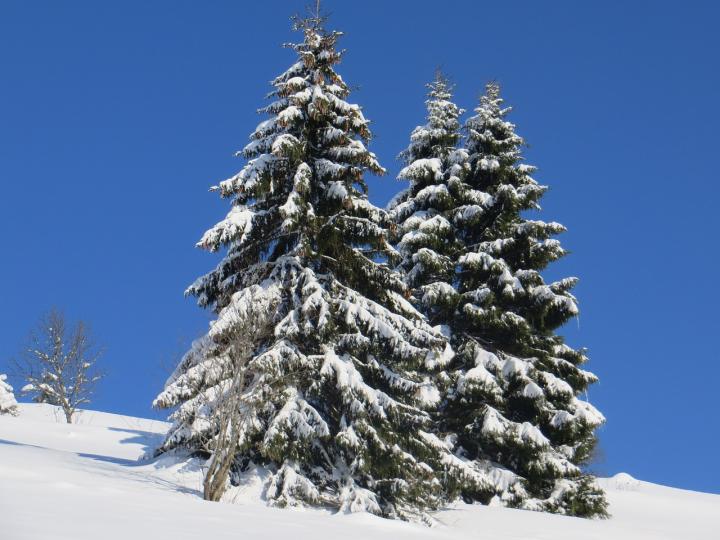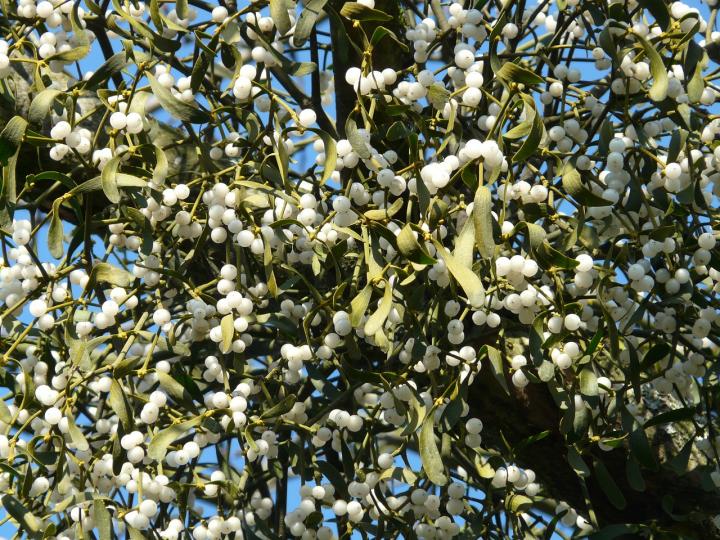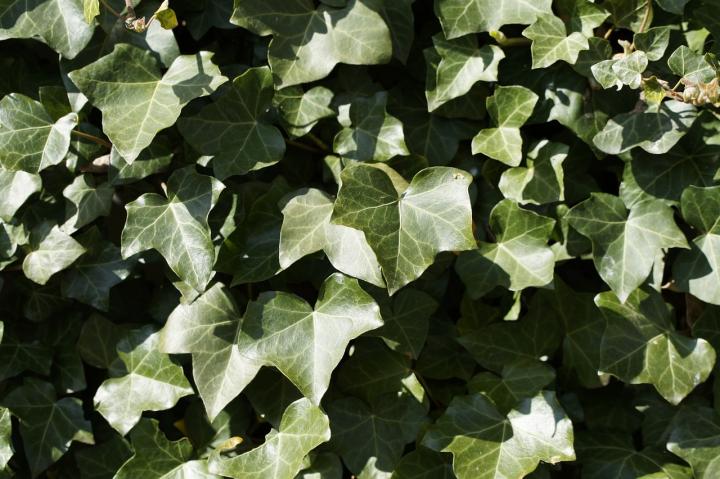
Celebrating Natural Symbols of the Winter Solstice
ADVERTISEMENT
My Mother; (Martha Hadley; granddaughter of Eva Lousie Blake; Bellows Falls Vt.); was born on the Winter Solstice(1922); we always celebrated my Mother's Birthday as well; it was fun!!!
Actually yes I do! It's my Christmas. As a music director at a church, I work all Christmas and have no time to enjoy, relax and reflect on the year. I tease my friends and say that the quickest way to decide to be an atheist is to work at a church 😂🤣 Anyway, all positive worship is good. Wishing you many Blessings and Miracles Everyone!
My mom died on winter Solice 2919. I never really celebrated it before but now I do as a celebration of new life, a new season and rebirth. It will always be a day to celebrate in my life Amen.
I wrote a solstice poem to share with you..Happy Holidays!
Oh the Longest night
blankets Earth in sweet sleep.
Our Solstice Blessings, bright
burrowing in hearts, so deep.
Keep us ever healthy
happy, grateful and wise.
Humble, nourished, wealthy
enjoying wonder and surprise.
Thanks and glorified praise
to the divine seasons passed,
all the fleeting nights and days
that simply cannot last...
We welcome the Sun's return
by glowing candlelight
Our sacred Yule logs burn
in the darkness... a joyful sight.
✨❄✨
more seasonal blessings
and stress management
on jessamina.com
Lovely poem! Thanks for sharing!:)
Just stumbled across your poem about the winter solstice. Thanks for sharing it. It is lovely to read.
Absolutely beautiful.
The link to learn more about Mistletoe doesn't seem to be working.
Rosemary is the herb of Friendship and Rememberance...and my favorite especially for it's woody scent.
I celebrate Yule/Winter Solstice as the rebirth of the Sun God.
As you are, no doubt, aware, daylight hours begin to lengthen by a few minutes each day ... until we reach Litha/Summer Solstice when they begin to shorten again.
I wish all my brothers and sisters in the Northern Hemisphere a Blessed Yule/Winter Solstice ... and a Blessed Litha/Summer Solstice to those in the Southern Hemisphere.












